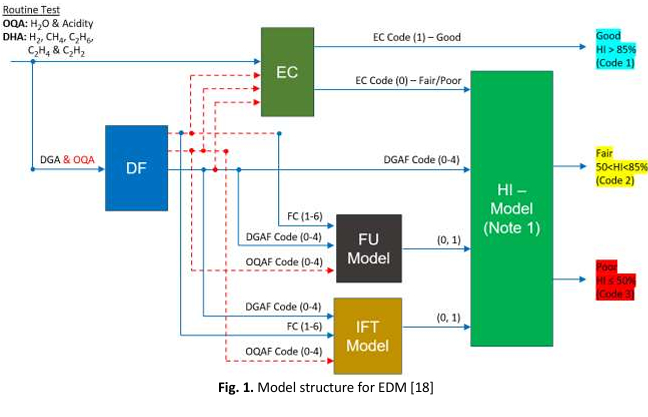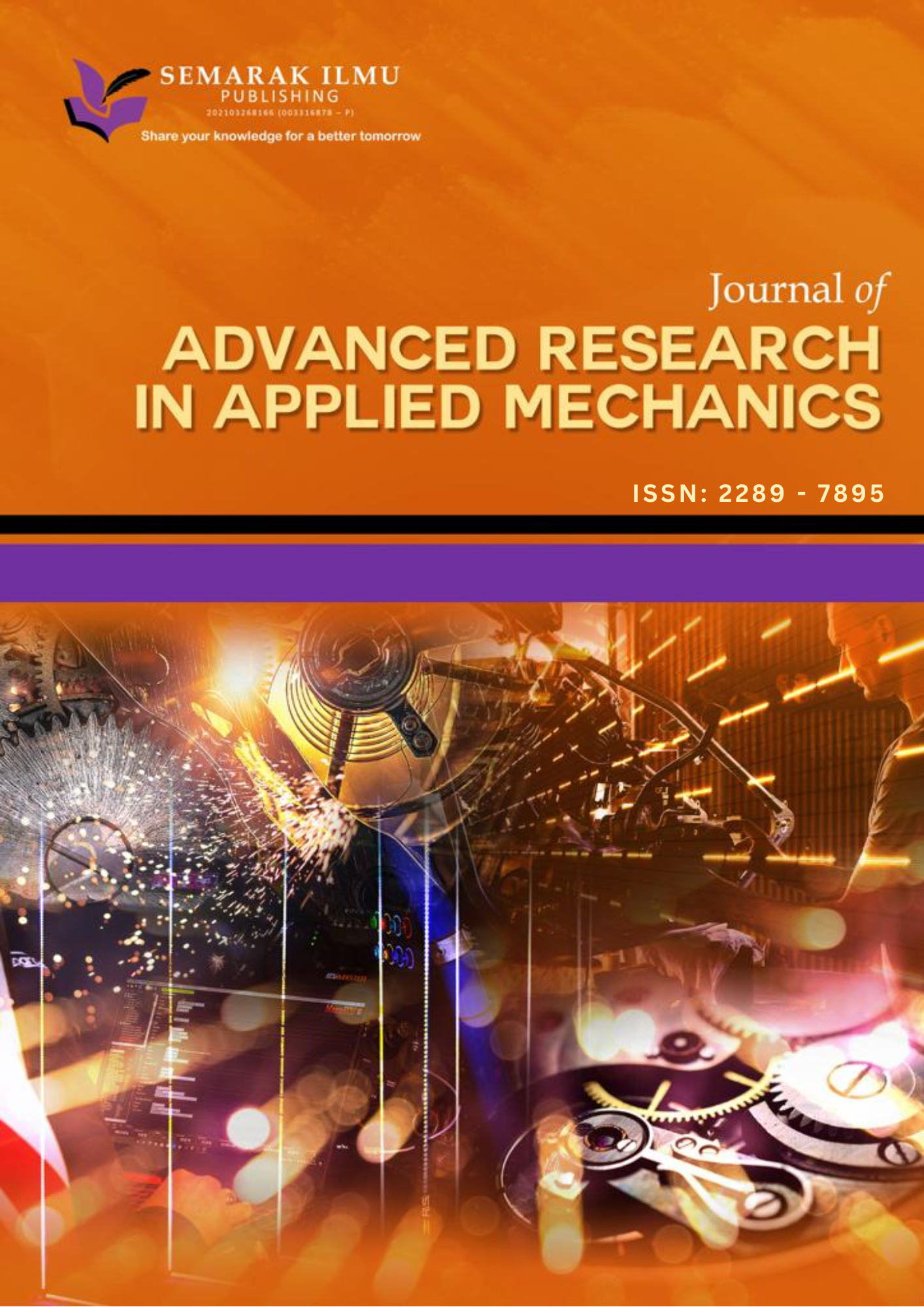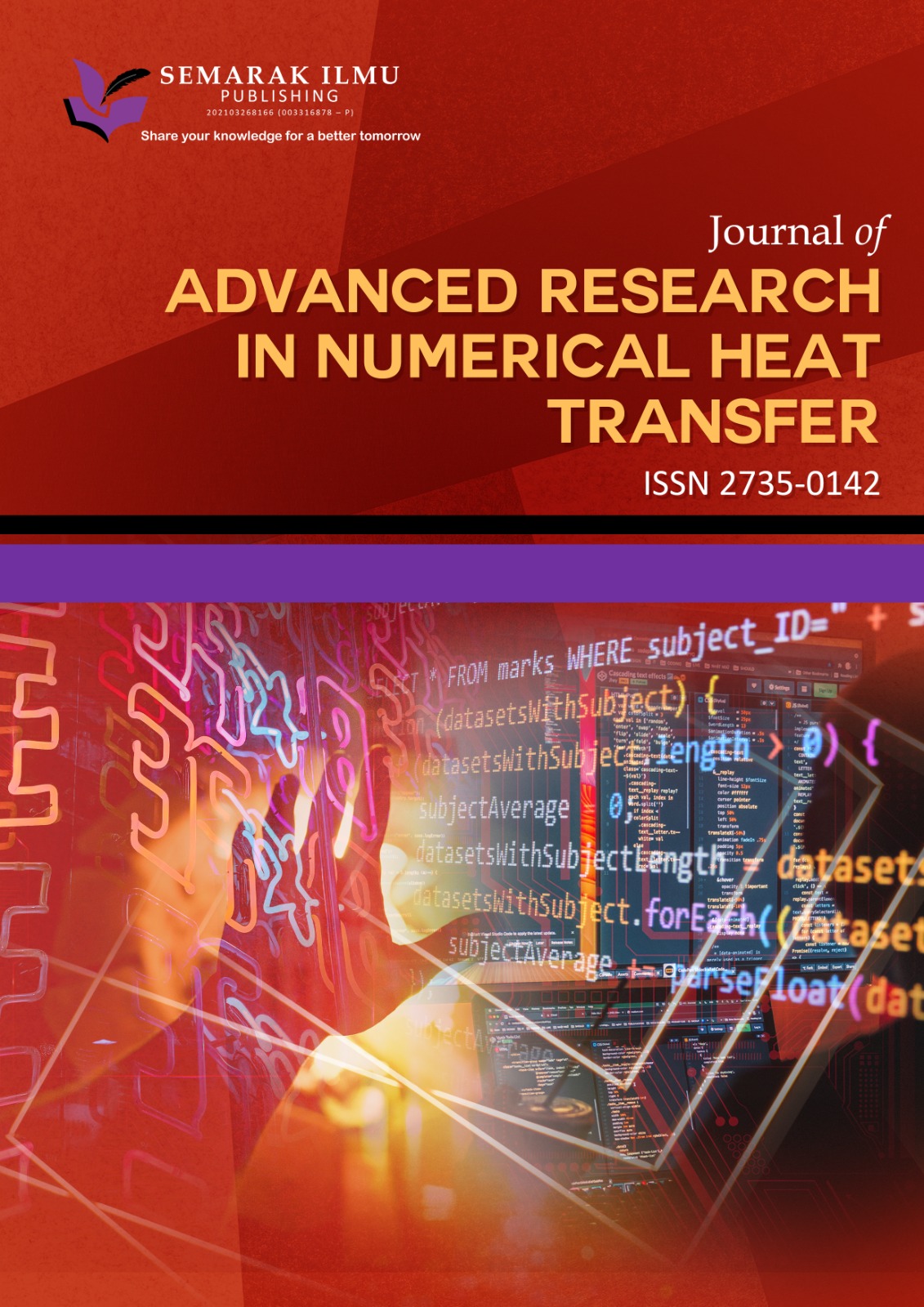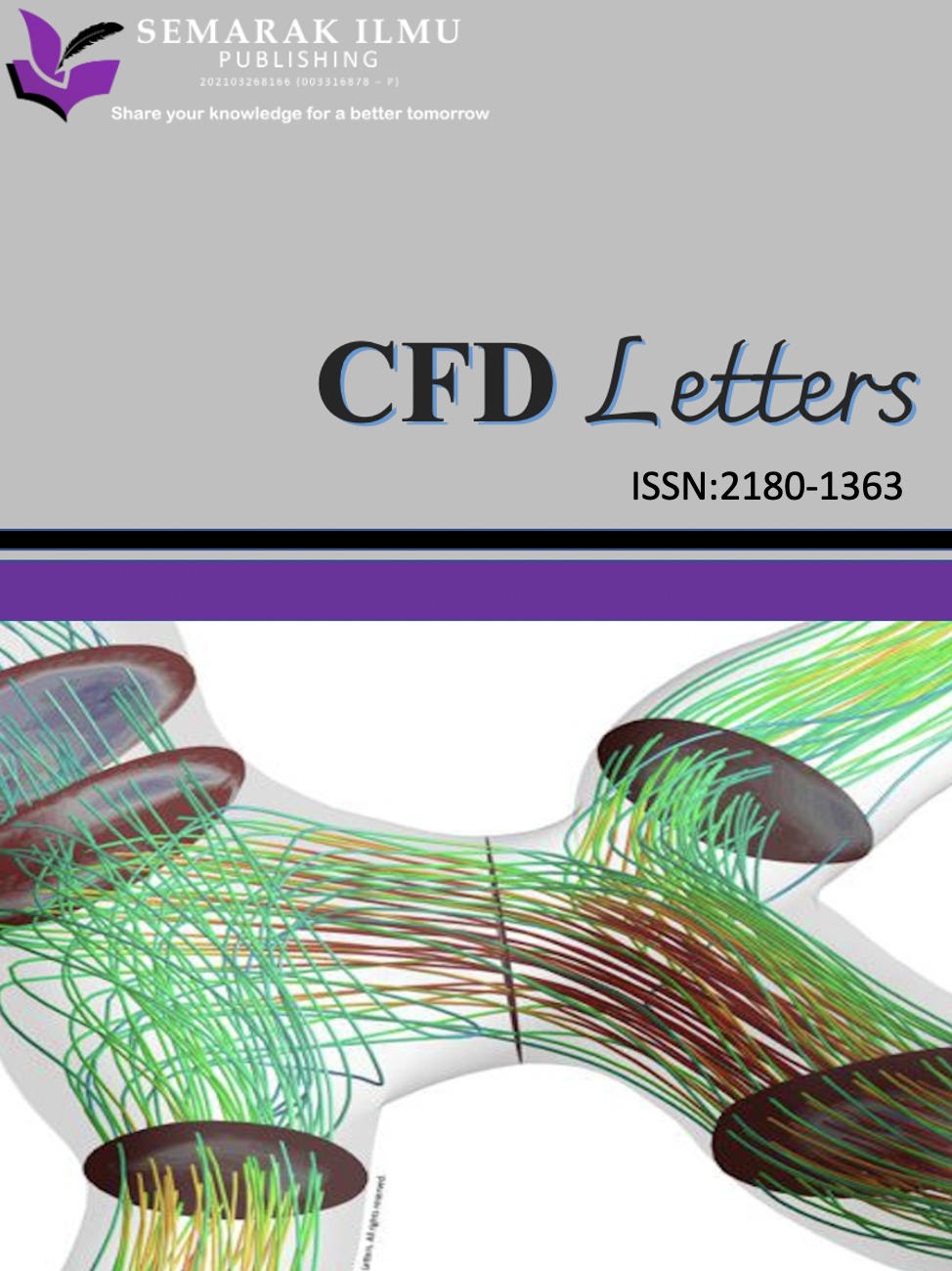Machine Learning Techniques’ Comparison for Early Detection Model of Transformer Health Index Classification
DOI:
https://doi.org/10.37934/ard.142.1.152158Keywords:
Machine learning, Early Detection Model (EDM), Health Index (HI), Support Vector Machine (SVM)Abstract
Timely detection of anomalies in power transformers is essential to maintain a constant, uninterrupted supply of electricity. Early Detection Model (EDM) is a Machine Learning-based approach to derive the Health Index (HI) of power transformers using routine test features, where the absence of non-routine test features is compensated by use of derived features. Latest research in this area involves the use of only Support Vector Machine (SVM) as the classifier for constructing the sub-models of EDM. This paper explores the use of two other classifiers, Random Forest and Naïve Bayesian to deduce a comparative analysis among all three classifiers. The classifiers were developed in Google Colab platform using already available datasets. The datasets were divided into three parts for training, validation and testing. The results of the simulation showed that Naïve Bayesian achieved the highest average accuracy for all the sub-models, which was 92.45%. On the contrary, Random Forest and SVM appeared to have almost similar level of performance with average accuracies of 89.73% and 89.53% respectively. Naïve Bayesian also seemed to have the lead in terms of other performance metrics as well, making it stand out as the most preferred classifier in the experiment conducted. Further research on this topic may reveal more optimized application of Machine Learning models for early detection of transformer anomalies.
Downloads























